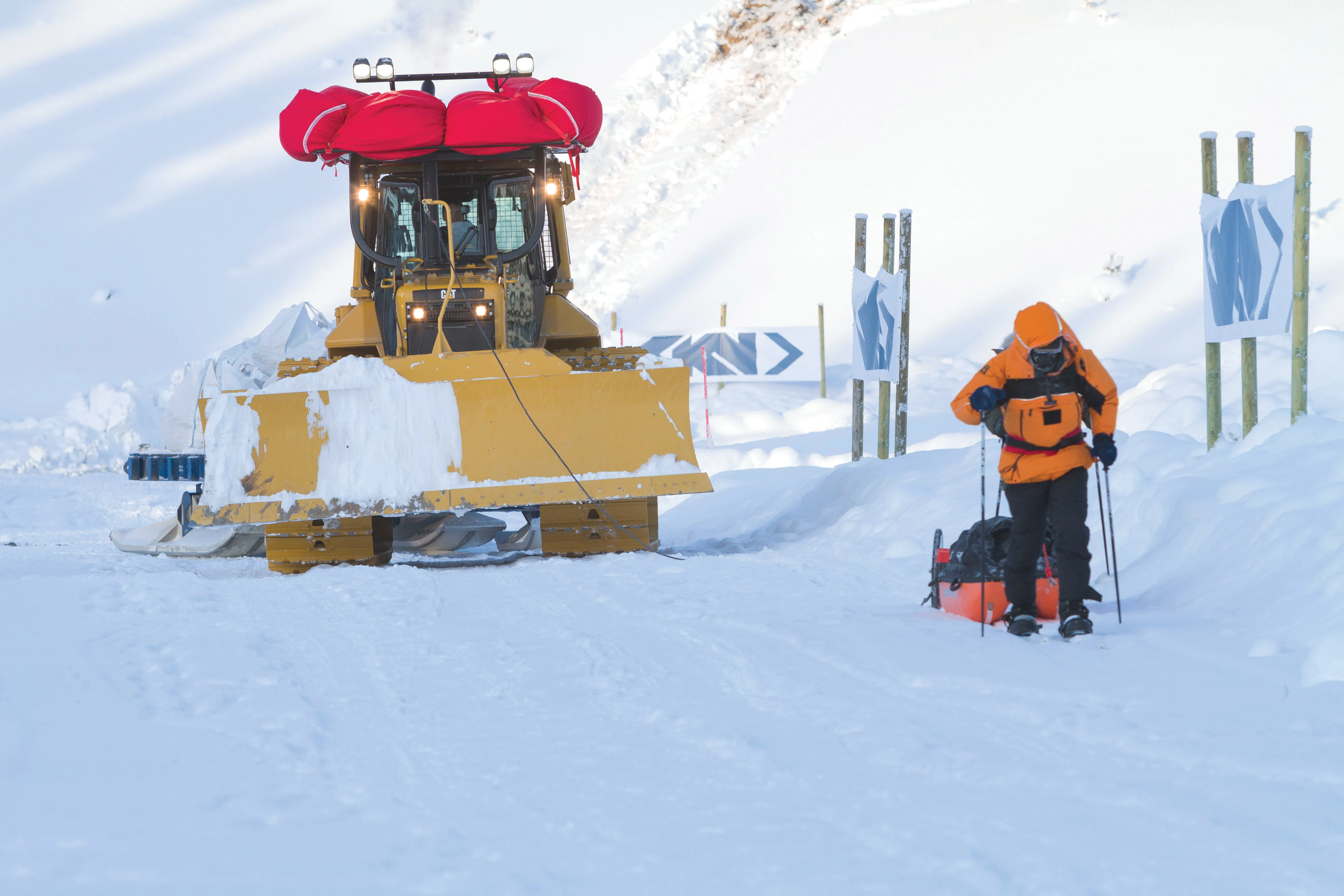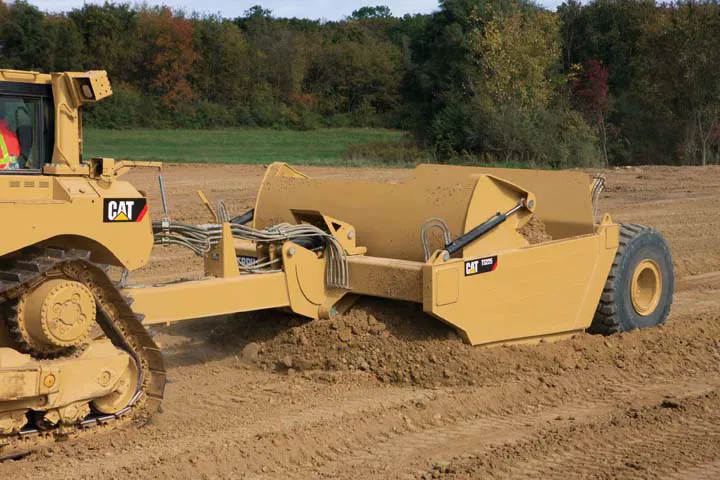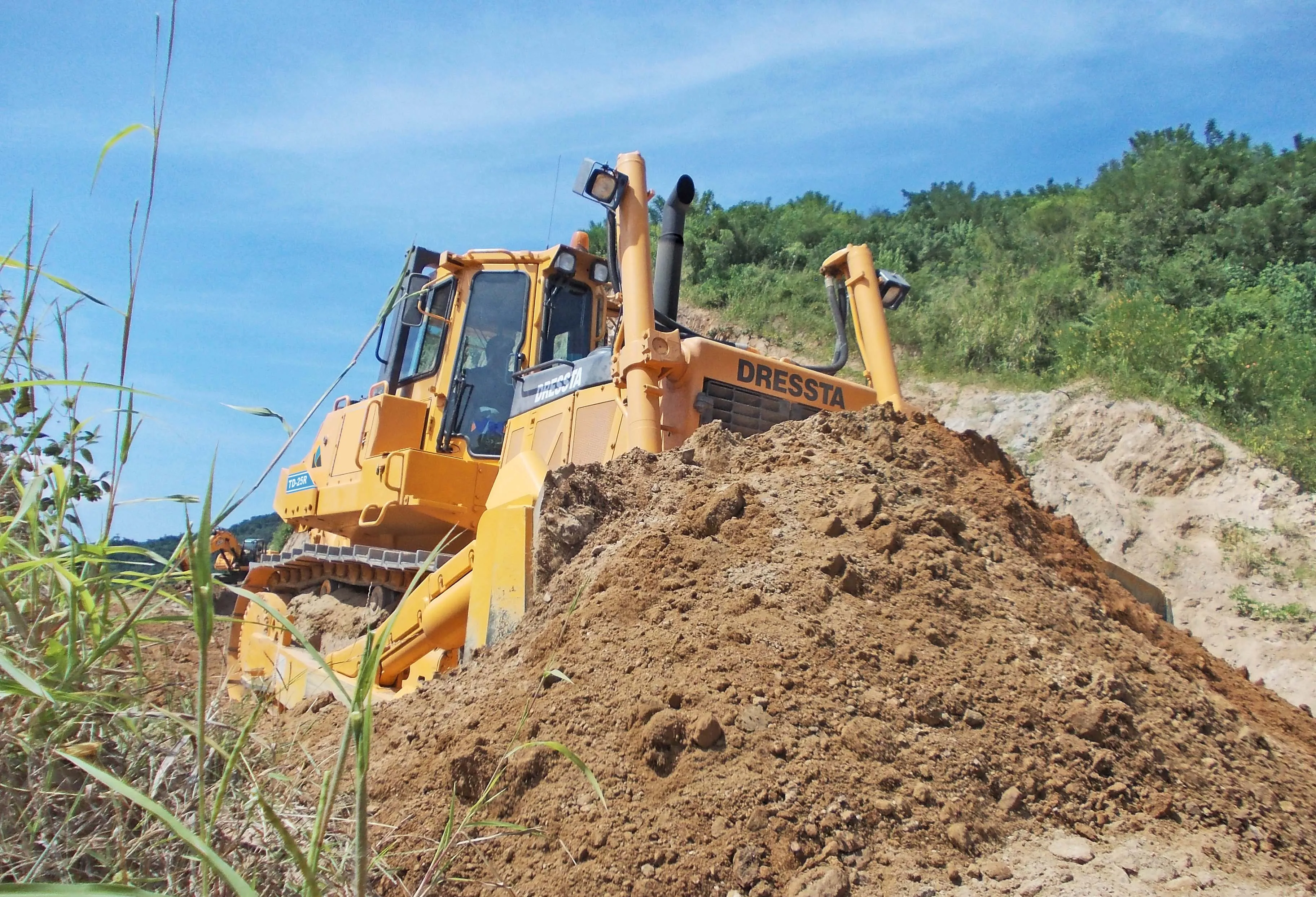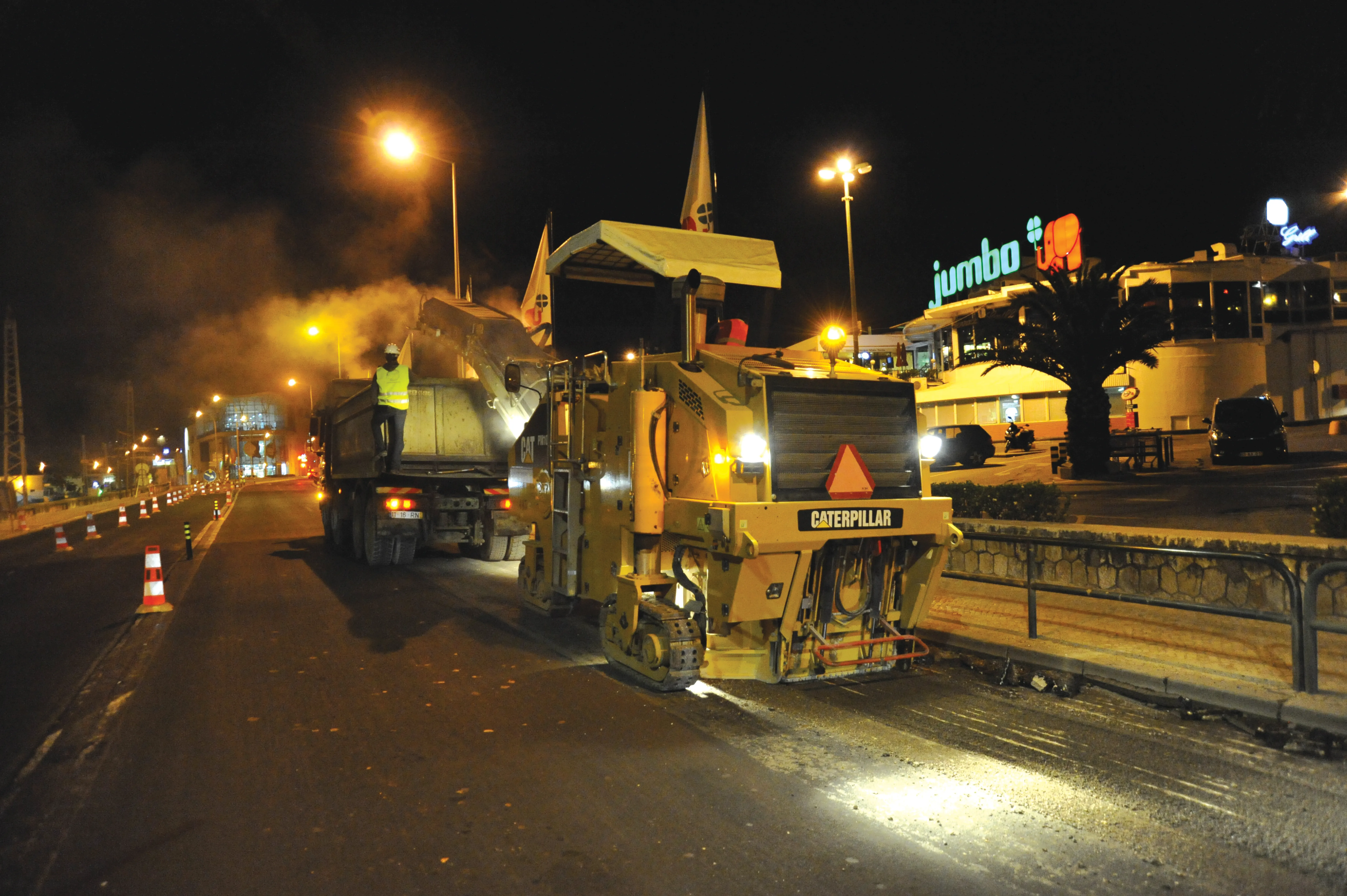World famous explorer Sir Ranulph Fiennes has teamed up with Finning engineers and two bespoke Cat D6N Track-Type Tractors for the first ever attempt to cross the Antarctic continent during the polar winter. Joining him on the journey will be Finning engineer Spencer Smirl from Canada, who was selected from a group of volunteers by Sir Ranuph Fiennes and his expedition crew. Smirl will be vital to the expedition, as he will be tasked with driving and maintaining the CAT D6N track-type tractor, which will be
January 21, 2013
Read time: 2 mins

World famous explorer Sir Ranulph Fiennes has teamed up with Finning engineers and two bespoke Cat D6N Track-Type Tractors for the first ever attempt to cross the Antarctic continent during the polar winter.
Joining him on the journey will beThe last two years has seen a team of engineers at Finning’s Cannock UK HQ working on the design and manufacture of two D6N track-type tractors to make them ‘expedition ready’. Led by Andy Thomas, the engineering team are said to have needed to make hundreds of changes to the original design of the D6N unit, normally found working on construction or waste sites.
As well as operating at temperatures reaching as low as -70c, each of the expedition’s two D6N units will be towing in excess of 55tonnes of material, including an accommodation caboose and a specialist science caboose. The science caboose will house equipment to measure the depth of the ice in winter, providing essential data for the climate change debate.
The planned six-month crossing will start on March 21, 2013, and the project hopes to raise US$16.13 million (£10mn) for Seeing is Believing, a global initiative that helps to tackle avoidable blindness around the world.









